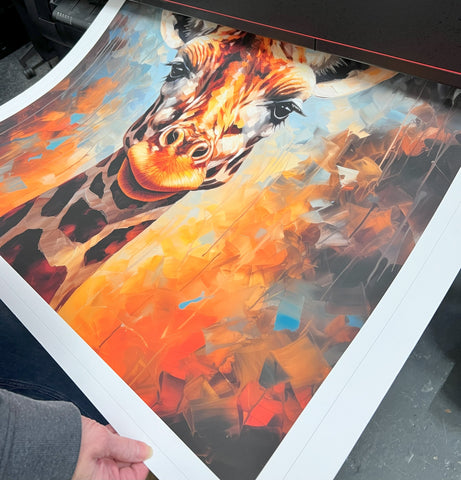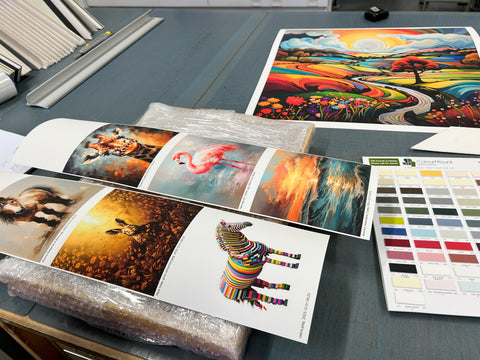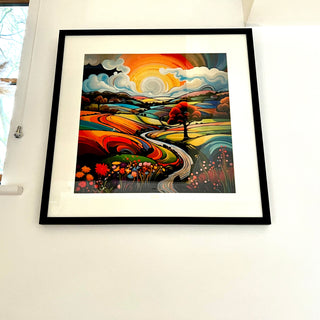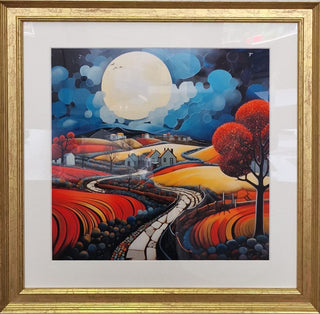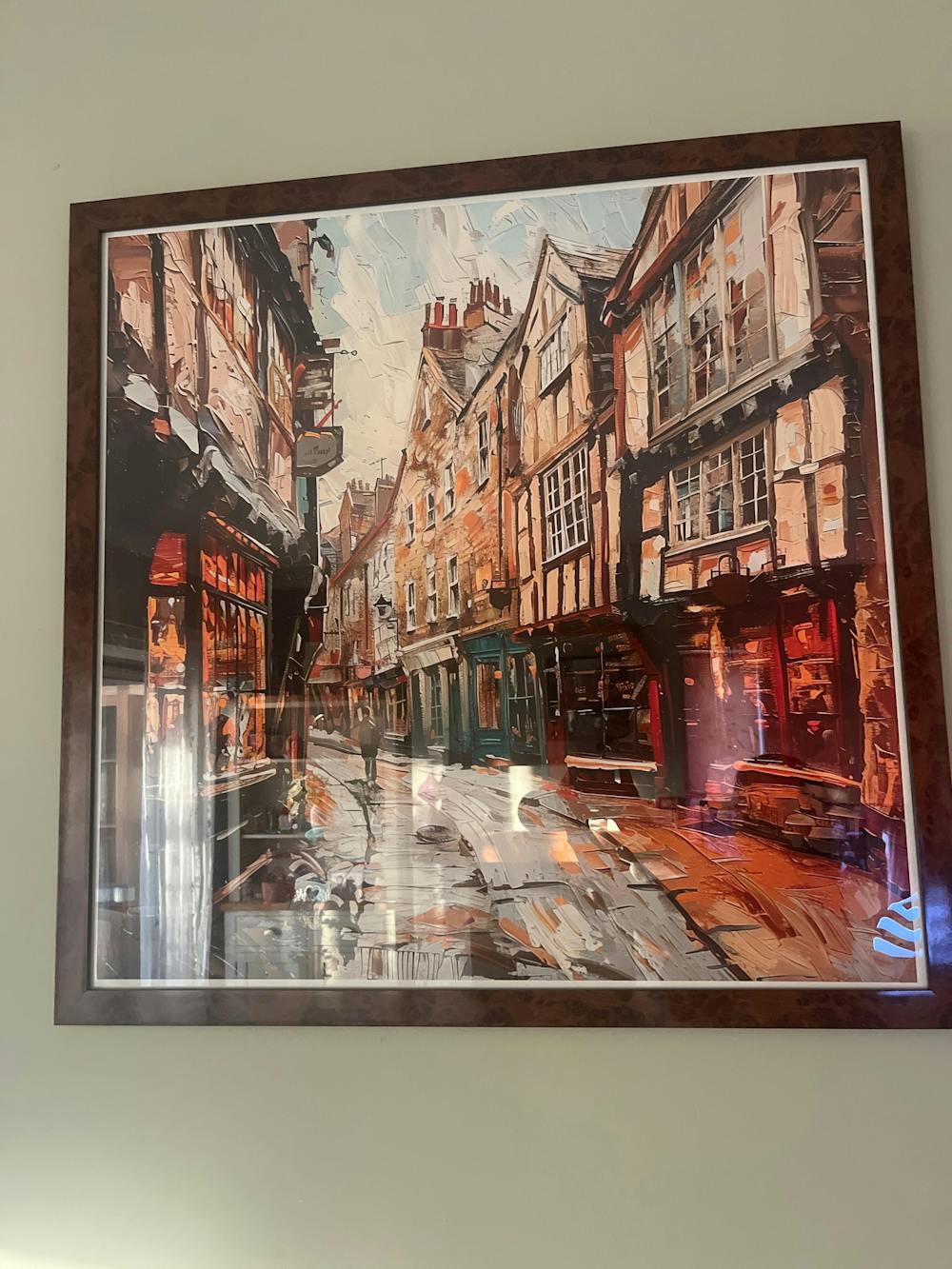-
Description
Title: "Tyrolean Serenity: Spiraea aruncus"
Artist: Anna Atkins
Nationality: British
Date: 1851-1854
"Tyrolean Serenity: Spiraea aruncus" stands as a pioneering piece in the history of photography and botanical illustration, crafted by the distinguished British artist Anna Atkins between 1851 and 1854. This cyanotype, a photographic print of the flowering Tyrolean shrub Spiraea aruncus, represents a significant milestone as the first-known photograph by a woman in the Museum's esteemed collection.
Anna Atkins, known for her profound contributions to art and science, produced this work as part of a remarkable album titled "Cyanotypes of British and Foreign Flowering Plants." In 1854, she inscribed this collection as a heartfelt gift to Anne Dixon, a close family friend and collaborator with familial ties to the famed novelist Jane Austen.
The cyanotype process, a method invented in 1842 by Sir John Herschel and famously known for its blueprint aesthetic, captures the delicate structure of the Spiraea aruncus with a striking vibrancy. The rich blue hues and ethereal silhouettes not only showcase Atkins' mastery of this technique but also her meticulous attention to the intricate details of natural forms.
Although not currently on display, "Tyrolean Serenity: Spiraea aruncus" is a testament to Atkins' artistic vision and a celebration of her role as a trailblazer for women in photography. It is an exquisite example of the intersection between art and the emerging scientific practices of the time, making it an essential piece for collectors and admirers of historical photography and botanical studies.
Description
Title: "Tyrolean Serenity: Spiraea aruncus"
Artist: Anna Atkins
Nationality: British
Date: 1851-1854
"Tyrolean Serenity: Spiraea aruncus" stands as a pioneering piece in the history of photography and botanical illustration, crafted by the distinguished British artist Anna Atkins between 1851 and 1854. This cyanotype, a photographic print of the flowering Tyrolean shrub Spiraea aruncus, represents a significant milestone as the first-known photograph by a woman in the Museum's esteemed collection.
Anna Atkins, known for her profound contributions to art and science, produced this work as part of a remarkable album titled "Cyanotypes of British and Foreign Flowering Plants." In 1854, she inscribed this collection as a heartfelt gift to Anne Dixon, a close family friend and collaborator with familial ties to the famed novelist Jane Austen.
The cyanotype process, a method invented in 1842 by Sir John Herschel and famously known for its blueprint aesthetic, captures the delicate structure of the Spiraea aruncus with a striking vibrancy. The rich blue hues and ethereal silhouettes not only showcase Atkins' mastery of this technique but also her meticulous attention to the intricate details of natural forms.
Although not currently on display, "Tyrolean Serenity: Spiraea aruncus" is a testament to Atkins' artistic vision and a celebration of her role as a trailblazer for women in photography. It is an exquisite example of the intersection between art and the emerging scientific practices of the time, making it an essential piece for collectors and admirers of historical photography and botanical studies.
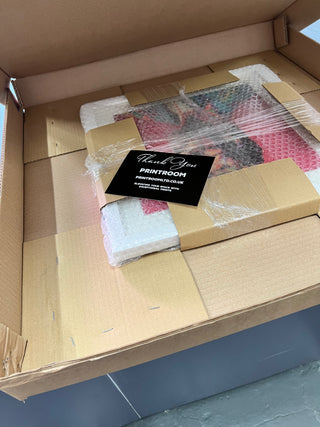
Perfectly Finished, Securely Packaged
Use these sections to promote a particular feature with editorial photography.
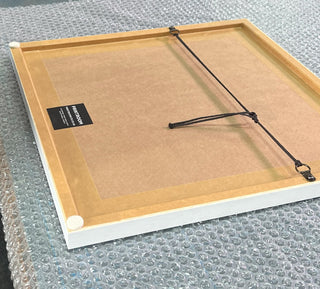
Let customers speak for us
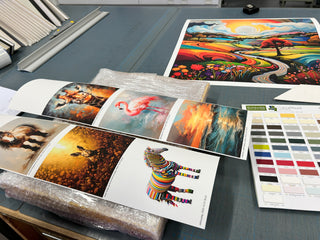
The very best
Artisan Workshop
Skilfully and Lovingly Created for you







